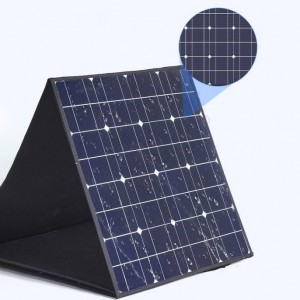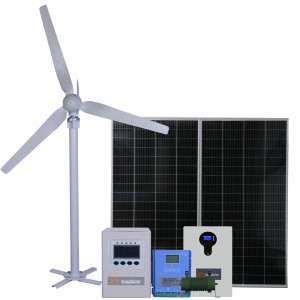Affordable And Efficient 150W Flexible Solar Panel
Short Description:
Products Datasheet
SAMPLE PRICE FOB-USD41.00/PC(THE QUANITY MOQ IN 2SET),PLEASE NEED PAY EXPRESS COST USD10.00 IN CHINA LAND,IF YOUR AGRENT IN CHINA)
OVERSEA,PLEASE FOLLOW STANDARD OF DHL,FEDEX,TNT,UPS.....RANGE IS SAMPLE ONLY.
ORDER FROM 50-100PCS PRICE FOB-USD40.10/PC,FREE THE SHIPPING COSTONG IN CHINA.
ORDER FORM 101-1000PCS PRICE FOB-USD39.50/PC,FREE THE SHIPPING COSTING IN CHINA.
Same quality but different WATT prices are as follows: (Regarding the price validity period, please pay attention to check with us whether the price changes when deciding to purchase):
THE SOLAR PANEL PRODUCE PROCESS PICTURE:
200W FOB-USD90.00/PC(TUV CERTIFICATION)
300W FOB-USD135.00/PC(TUV CERTIFICATION)
400W FOB-USD180.00/PC(TUV CERTIFICATION)
500W FOB-USD215.00/PC(TUV CERTIFICATION)
600W FOB-USD258.00/PC(TUV CERTIFICATION)
700W FOB-USD301.00/PC(TUV CERTIFICATION)
800W FOB-USD344.00/PC(TUV CERTIFICATION)
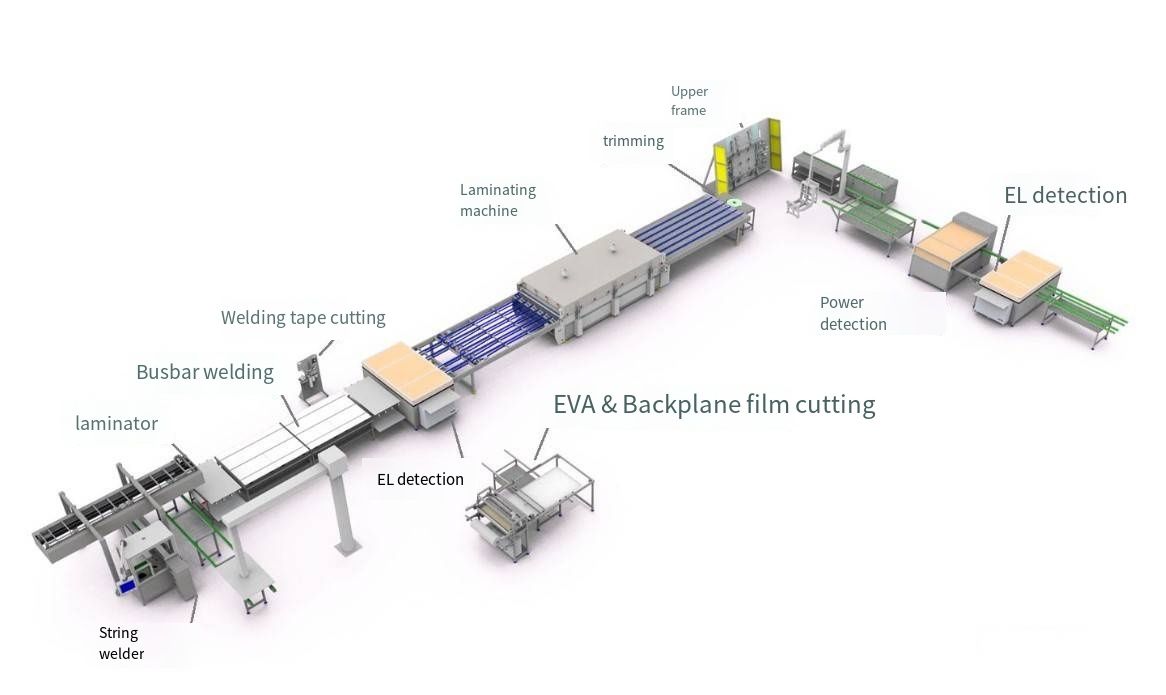
Package Picture
ITS PACKAGE SAMPLE,IT CAN FOLLOW YOUR IDEA CUSTOMIZATION

Use Place
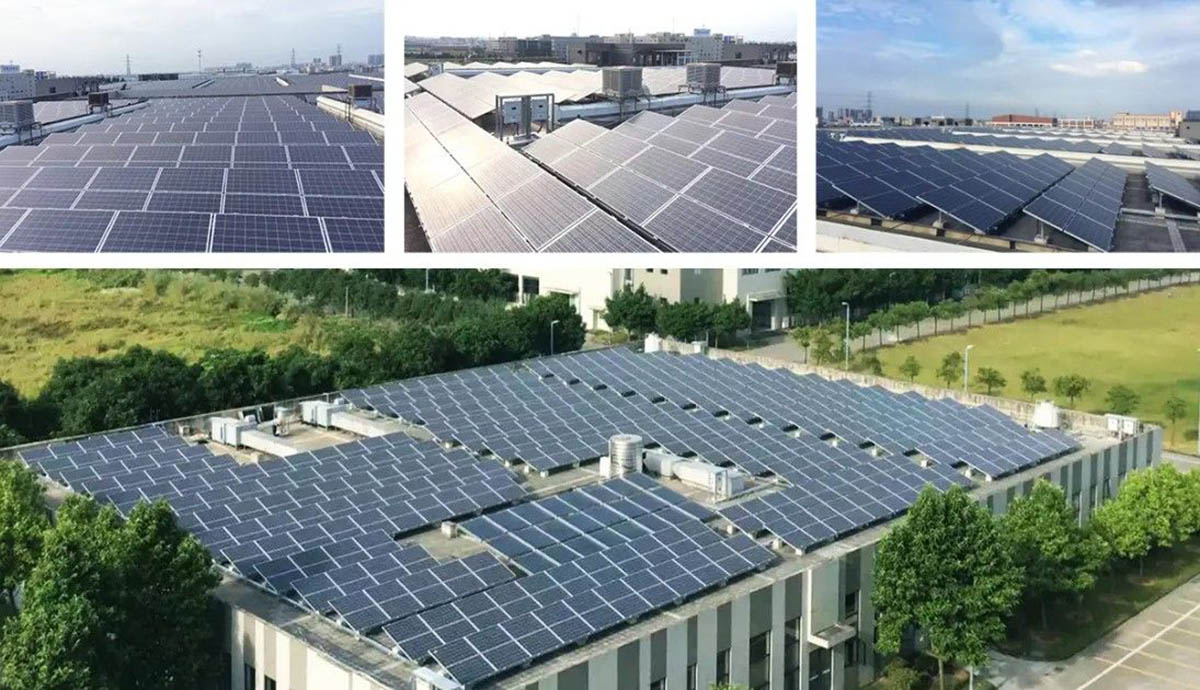
TUV Certification
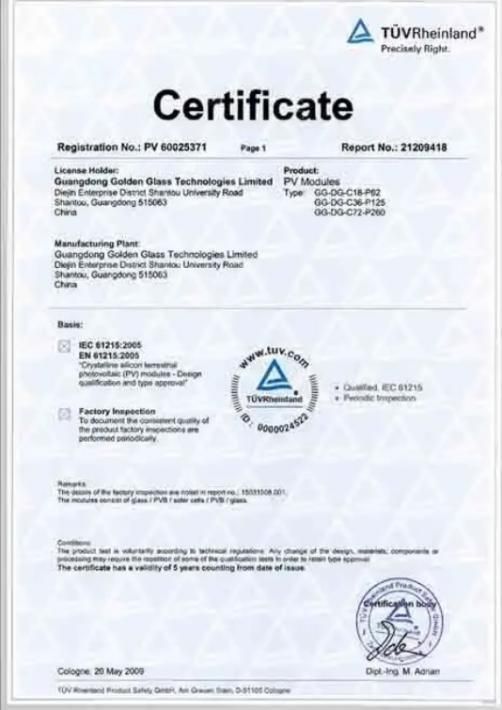
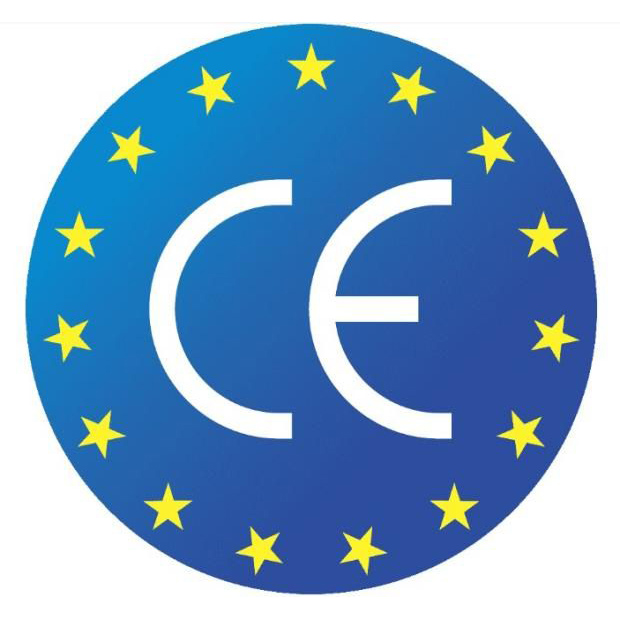
Please Use Solar Energy
Solar energy is a clean, renewable and abundant source of energy that has been used for centuries. The sun is a natural nuclear reactor that produces an immense amount of energy, which can be harnessed using solar panels or solar thermal systems.
Solar panels, also known as photovoltaic (PV) systems, convert sunlight into electricity. The panels are made up of photovoltaic cells that absorb sunlight and generate direct current (DC) electricity. The DC electricity is then converted into alternating current (AC) electricity using an inverter, which can be used to power homes, businesses, and even entire communities.
Solar thermal systems, on the other hand, use the heat from the sun to generate steam, which can be used to power turbines and generators. These systems are often used in large-scale power plants to generate electricity for cities and regions.
In addition to its environmental benefits, solar energy also has economic benefits. It creates jobs in manufacturing, installation, and maintenance of solar panels and solar thermal systems. Solar energy also reduces our dependence on fossil fuels, which are finite resources and contribute to climate change.
The cost of solar energy has decreased significantly over the years, making it more affordable for homeowners and businesses. In fact, in some parts of the world, solar energy is now cheaper than coal or gas-generated electricity.
There are several types of solar panels available on the market, including monocry stalline, polycry stalline, and thin-film panels. Each type of panel has its own advantages and disadvantages, depending on the location, climate, and energy needs of the user.
Governments and organizations around the world are investing heavily in solar energy research and development, with the goal of improving its efficiency and affordability. The adoption of solar energy is crucial for a sustainable future, as it offers a clean, reliable, and affordable source of energy.
In conclusion, solar energy is a promising technology that has the potential to transform the way we generate and use electricity. Its many benefits make it an attractive option for homeowners, businesses, and governments alike. With continued investment and innovation, solar energy can play a key role in creating a cleaner, more sustainable future for us all.
Our Advantages
Flexible solar panels work in the same way as traditional silicon-based solar panels, using the photovoltaic effect to convert sunlight into electricity. Specifically, flexible solar panels are made of organic materials that contain photovoltaic materials and electrodes with a p-n junction between the photovoltaic materials and electrodes.
When sunlight hits a flexible solar panel, photons excite electrons in the photovoltaic material, causing them to jump to the p-n junction, creating an electron hole pair. The electrons and holes move in different directions, with the electrons moving towards the electrode and the holes moving towards the other electrode, creating a separation of charges, known as the photovoltaic effect. The separation of charges creates the voltage and current that converts solar energy into usable electricity.
The electricity generated by the flexible solar panels can be supplied directly or stored and converted through electronic devices, such as charging banks and mobile power supplies, for different electronic devices and emergency situations.
In short, flexible solar panels are a new type of solar energy conversion technology that works in the same way as traditional solar panels, but takes advantage of the thin and light properties of organic materials for greater adaptability and flexibility.
Flexible solar panels are suitable for various occasions because of their flexible, thin and portable characteristics. The following are some common application scenarios:
1. Outdoor travel, camping, and hiking: Flexible solar panels can be easily fitted to a backpack or tent to charge outdoor equipment.
2. Construction sites and field bases: Flexible solar panels can provide independent, renewable power to a construction site or field base to meet infrastructure and domestic electricity needs.
3. Ships and vehicles: Flexible solar panels can be easily installed on the surface of ships and vehicles to enable charging of vehicle or boat batteries.
4. Electronic devices: Flexible solar panels can provide charging energy for a variety of small electronic devices, such as mobile phones, tablets, watches, etc







